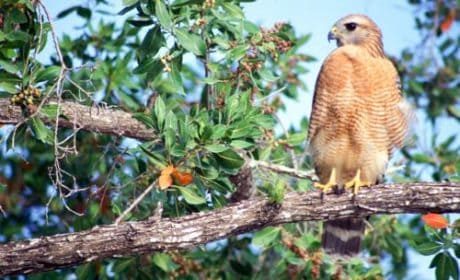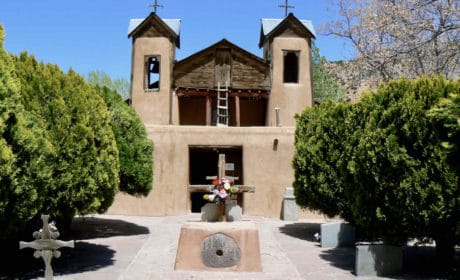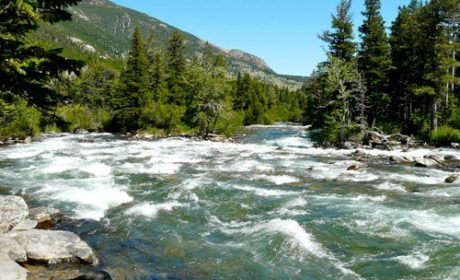Are you considering a Texas Hill Country road trip? Spring is the best time to enjoy scenic routes, explore small towns, experience historic sites and admire bluebonnets in the heart of Texas.
James Richardson shares his tips for the scenic drives to take and how to make the most of your road trip in Texas Hill Country. Take a look!
One of the best things about springtime in the Texas Hill Country is the appearance of bluebonnets—the blue wildflowers that seem to cover the countryside of the Lone Star State. That’s why thousands of visitors travel to Texas each year to witness springtime in the Hill Country. My wife and I included.
We made this trip a few years ago and the bluebonnets were plentiful. Check the Texas Hill Country official website for the latest updates and best time to visit.
Table of Contents
Where is Texas Hill Country?
The Hill Country is part of Central Texas that encompasses the Edwards Plateau region. According to the Texas Parks and Wildlife Department, there are twenty-five counties making up the Hill Country.
The region includes the cities of Austin and San Antonio, and as far north as Dallas. According to some sources Texas bluebonnet country extends westward for a bit.
The Hill Country is characterized by its terrain. It features tall rugged hills that consist of thin layers of soil lying on top of either limestone of granite. Mother Nature designed a wildflower that’s perfectly suited for the Hill Country…the bluebonnet.
What is a bluebonnet?
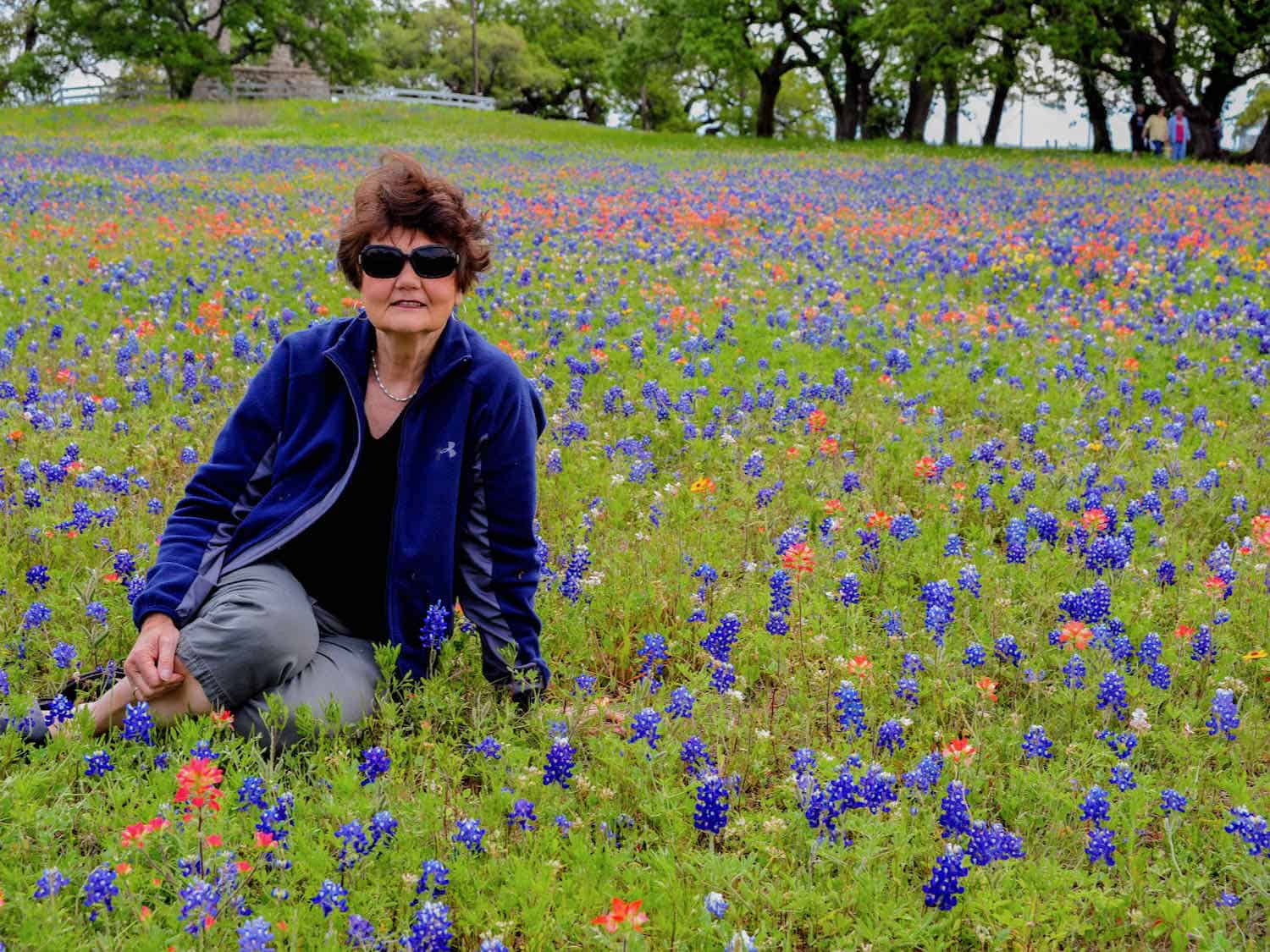
Five species of Lupine, commonly known as bluebonnets, grow in Texas. All have been designated as the state flower.
The most common species is Lupinus texensis, the Texas bluebonnet, which starts flowering in early spring, around mid-March. The peak blooming period is usually in mid-April, although the exact date is impossible to predict due to many environmental factors.
The legend of the Texas Bluebonnet
There are Native American legends about the origin of the bluebonnet. One says that long ago the land was having a difficult period of drought.
The leaders of one tribe knew that the Great Spirit wanted to give the land water. But in order for that to happen, someone had to give up something very valuable to them.
No tribe members wanted to give up anything. However, there was one small girl who always carried her special doll given to her by her mother. But she knew that she was the one the Great Spirit wanted to make the sacrifice.
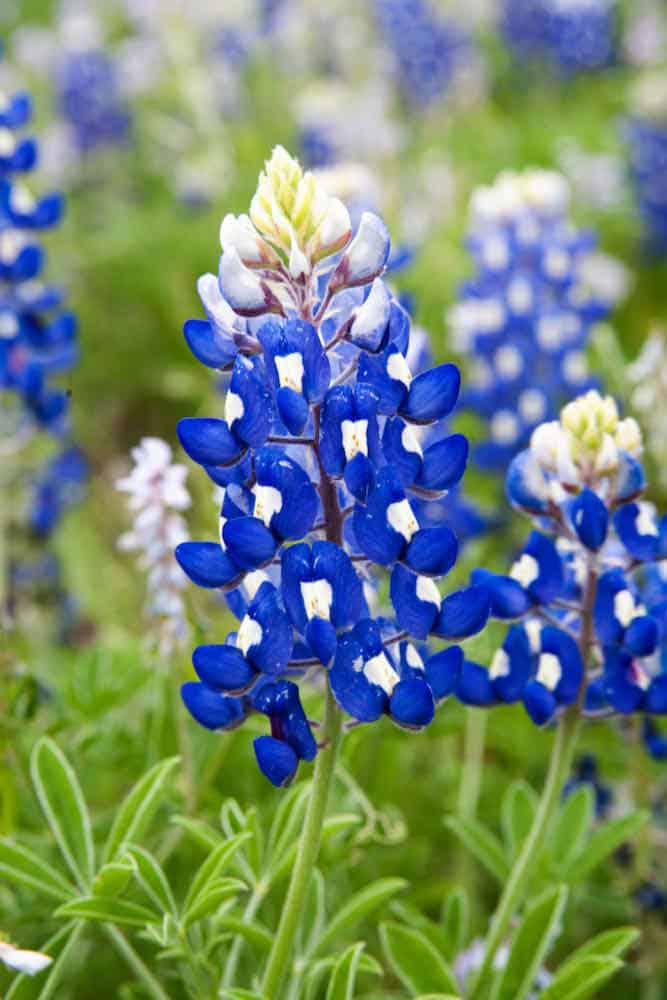
One night the little girl went to the hill upon which the Great Spirit lived. The sacred tribal fire was burning and she placed her doll in the fire as a sacrifice so that her people might have rain. She fell asleep next to the fire and the next morning when she awoke, the rains had come.
Along with the rains small blue flowers were scattered across the hills as far as she could see. These flowers were a sign from the Great Spirit of his pleasure with the special sacrifice of the little girl.
Texas Hill Country bluebonnet road trip
Getting out to see Hill Country bluebonnets was our objective. We knew of several publicized scenic routes that were known as bluebonnet trails.
The routes took us through the countryside off the main roads. Many pass through private property. A word of caution. If there is a fence, chances are it is private land. Don’t cross a fence.
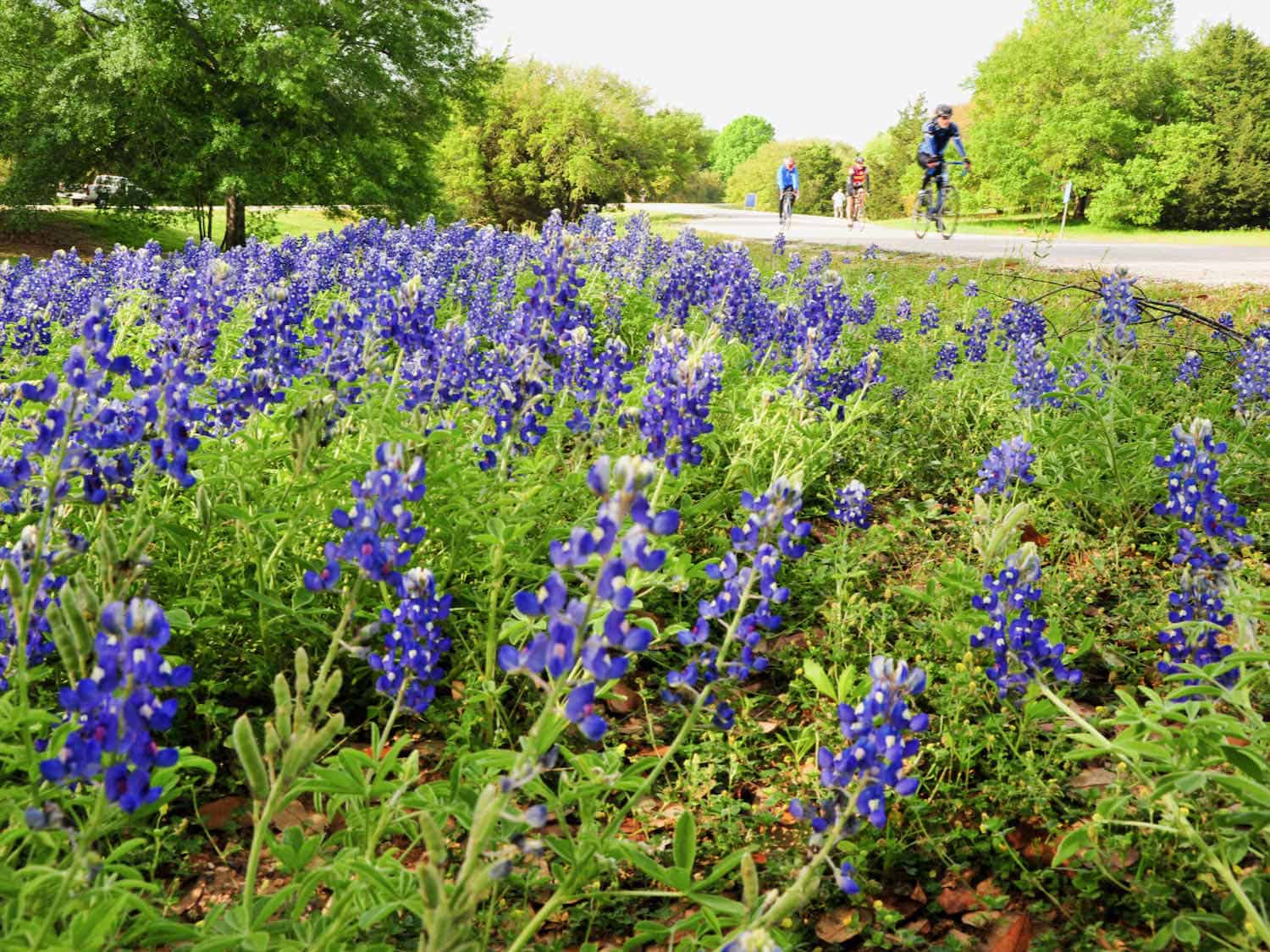
Along these back roads there are pull-offs allowing visitors to get up close and personal with the bluebonnets. In addition, there are several public areas that are accessible for hikers and bicyclists, which we thought would be a great way to enjoy the countryside and all its wildflowers.
Boomer Travel Tip
Use our road trip planner to make the most of your next road trip adventure.
Finding the bluebonnet trails
Four counties within a hundred miles of Austin and San Antonio — Washington, Burnet (rhymes with durn’-it, not like bur-nette’), Llano, and Gillespie Counties — boast of great bluebonnet trails.
La Bahia Trail
Washington County’s largest city is Brenham with plenty of farm roads off the main highways that are greatt for wildflower viewing. The La Bahia Trail, originally a Native American route from Louisiana to Texas, is one of the county’s most popular.
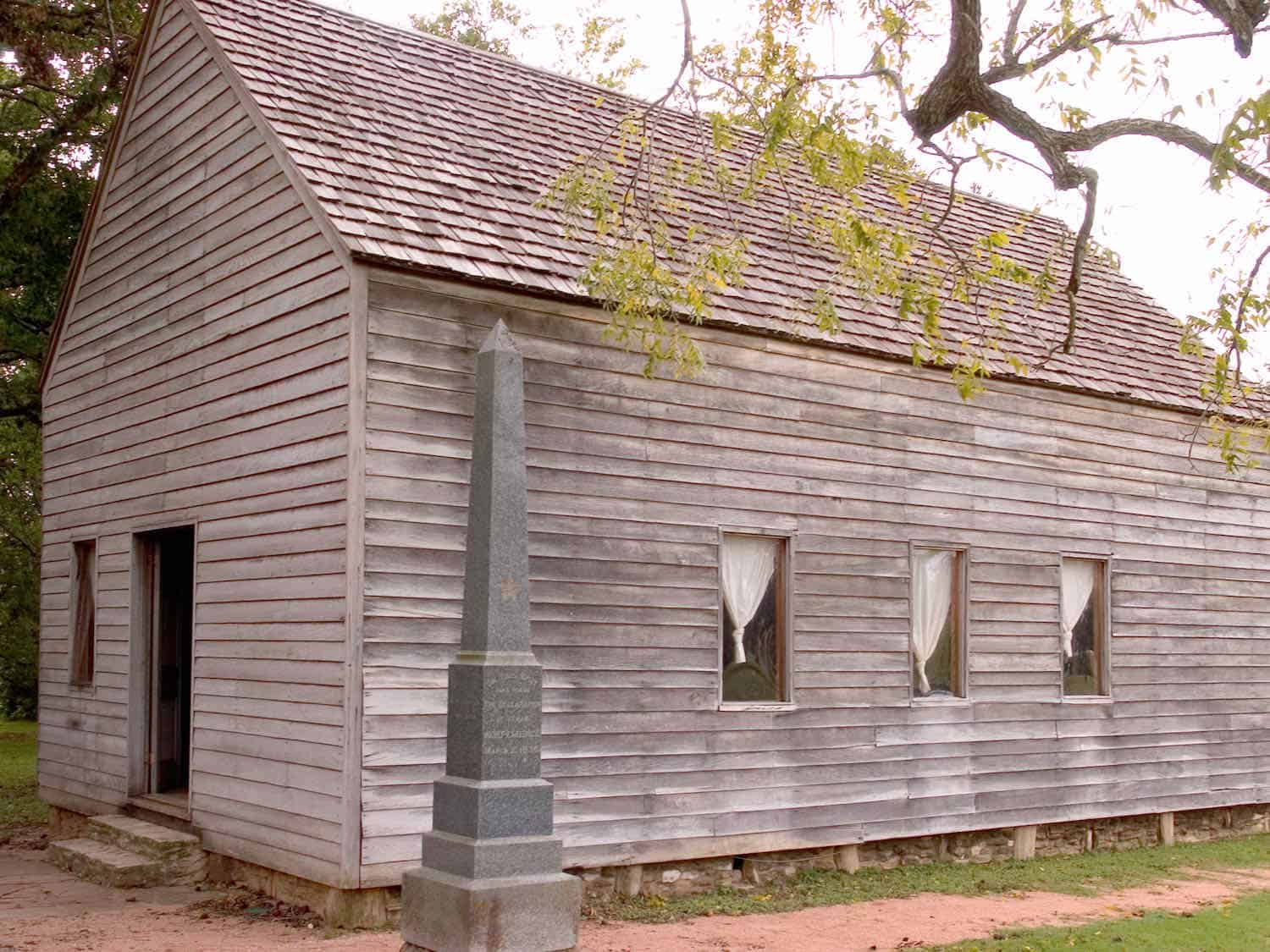
La Bahia Trail follows Farm Roads 390 and 50. It goes from Washington-on-the-Brazos State Historic Site (the site where the Texas Declaration of Independence was signed) to the town of Burton.
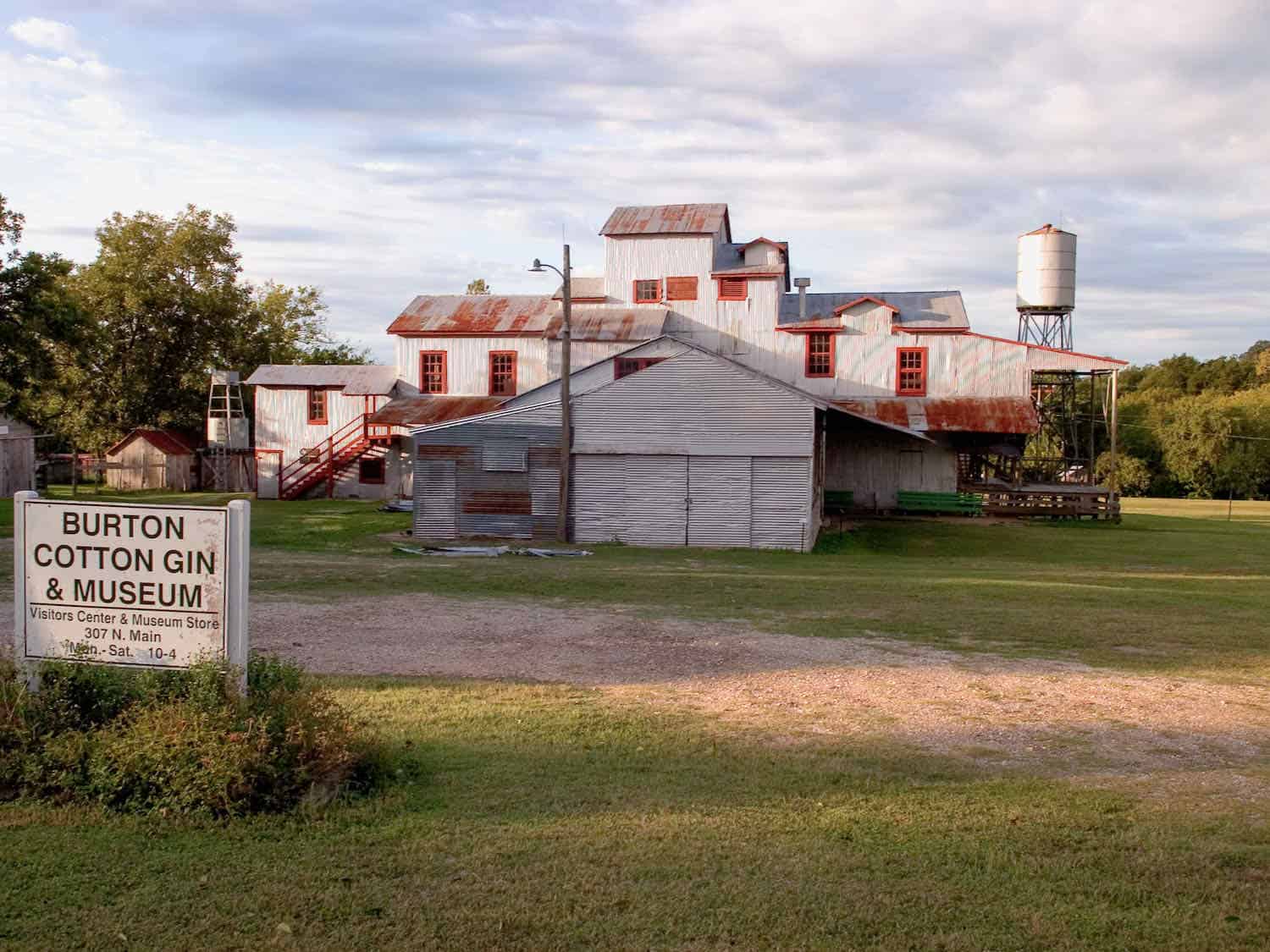
While in Burton we discovered the Texas Cotton Gin Museum, a National Historic Mechanical Engineering Landmark, which is still capable of ginning cotton.
Burnet County Bluebonnet Trail

The town of Burnet is called the Bluebonnet Capital of Texas. An annual bluebonnet festival is held there the second weekend in April. Burnet County’s bluebonnet trail heads west toward Llano along SR 29. About three and a half miles out of town, Ranch Road 2341 heads north toward Lake Buchanan.
This short drive, only fifteen-miles, usually has some of the best wildflowers in the state. There are plenty of pull-offs for stopping, admiring, and photographing, which we did often.
Willow City Loop
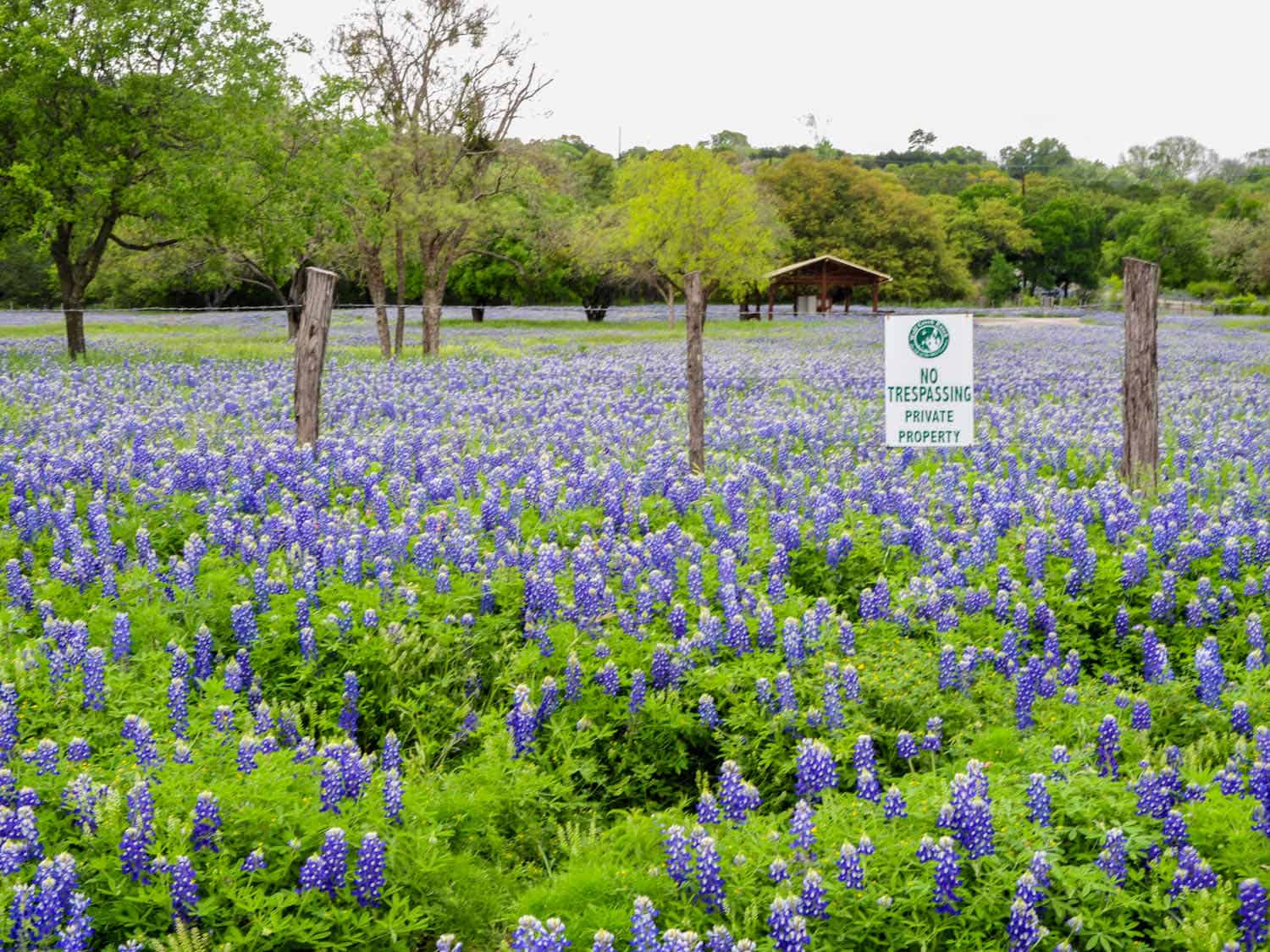
The best route for bluebonnets in Gillespie County is the Willow City Loop, which is north of Fredericksburg off State Route 16. The thirteen-mile road passes along farm land (most of which is private) and offers more great bluebonnet viewing. There are ample opportunities for parking and getting out of the vehicle.
Lyndon B. Johnson National Historic State Park

Other routes around Fredericksburg include US 290 East toward Johnson City, where the Lyndon B. Johnson National Historic State Park is located. The park has the LBJ Ranch, which served as the Western White House during Johnson’s presidency, or the Texas White House as Texans like to call it.
Lady Bird Johnson (the president’s wife) gets a lot of credit for the beautiful blue wildflowers in the region. Her efforts to improve state highways by growing wildflowers along the shoulder and medians of the roads.
Luckenbach Loop

The Luckenbach Loop is a thirty-mile route beginning in Fredericksburg and going through the small town of Luckenbach, which was memorialized in a song by Willie Nelson and Waylon Jennings.
Enchanted Rock State Nature Area
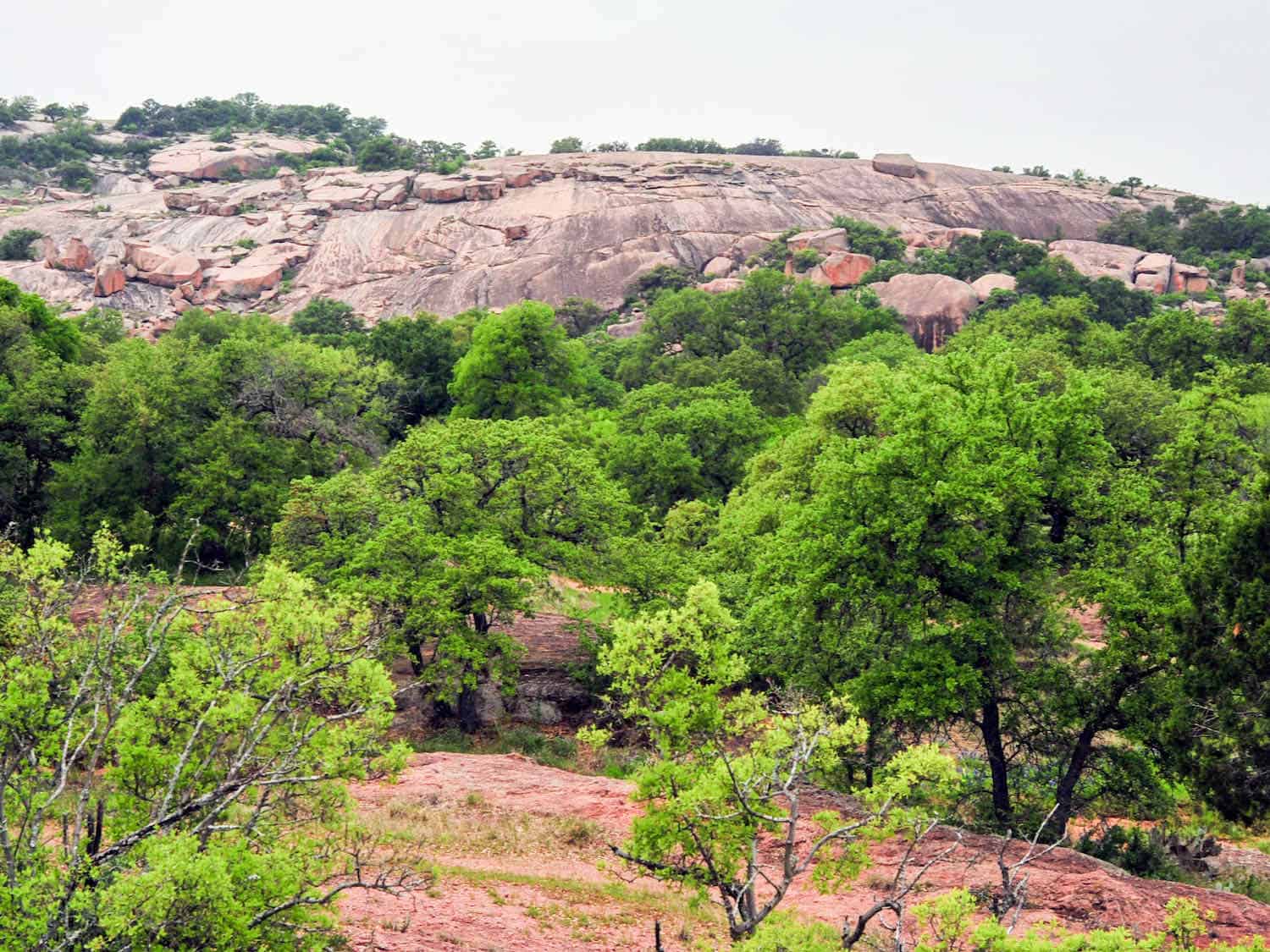
The Enchanted Rock State Natural Area, north of Fredericksburg between Gillespie and Llano Counties, is an impressive granite dome covering almost half of the park. It is second in size only to Stone Mountain in Georgia.
The rock itself provides an excellent opportunity rock climbing and rappelling. We did neither because we were wildflower seeking.
In the lower elevations of Enchanted Rock a variety of wildflowers grow. The most common flower seen is the Spiderwort. Bluebonnets grow around the base of the Rock. None grow on the Rock as we discovered.
Ennis, home of the official Texas Bluebonnet Trail

In the north part of the Hill Country, Ennis (just south of Dallas) has another annual bluebonnet festival occurring mid-April. We attended the annual festival and traveled some of the marked bluebonnet trails.
In 2021, the city celebrates 69 Years of Ennis Bluebonnet Trails. The town has been designated by the Texas Legislature as the home of the Official Texas Bluebonnet Trail and was named the Official Bluebonnet City of Texas. But as we have discovered, there are many “bluebonnet cities” in Texas.
Where to stay in Texas Hill Country
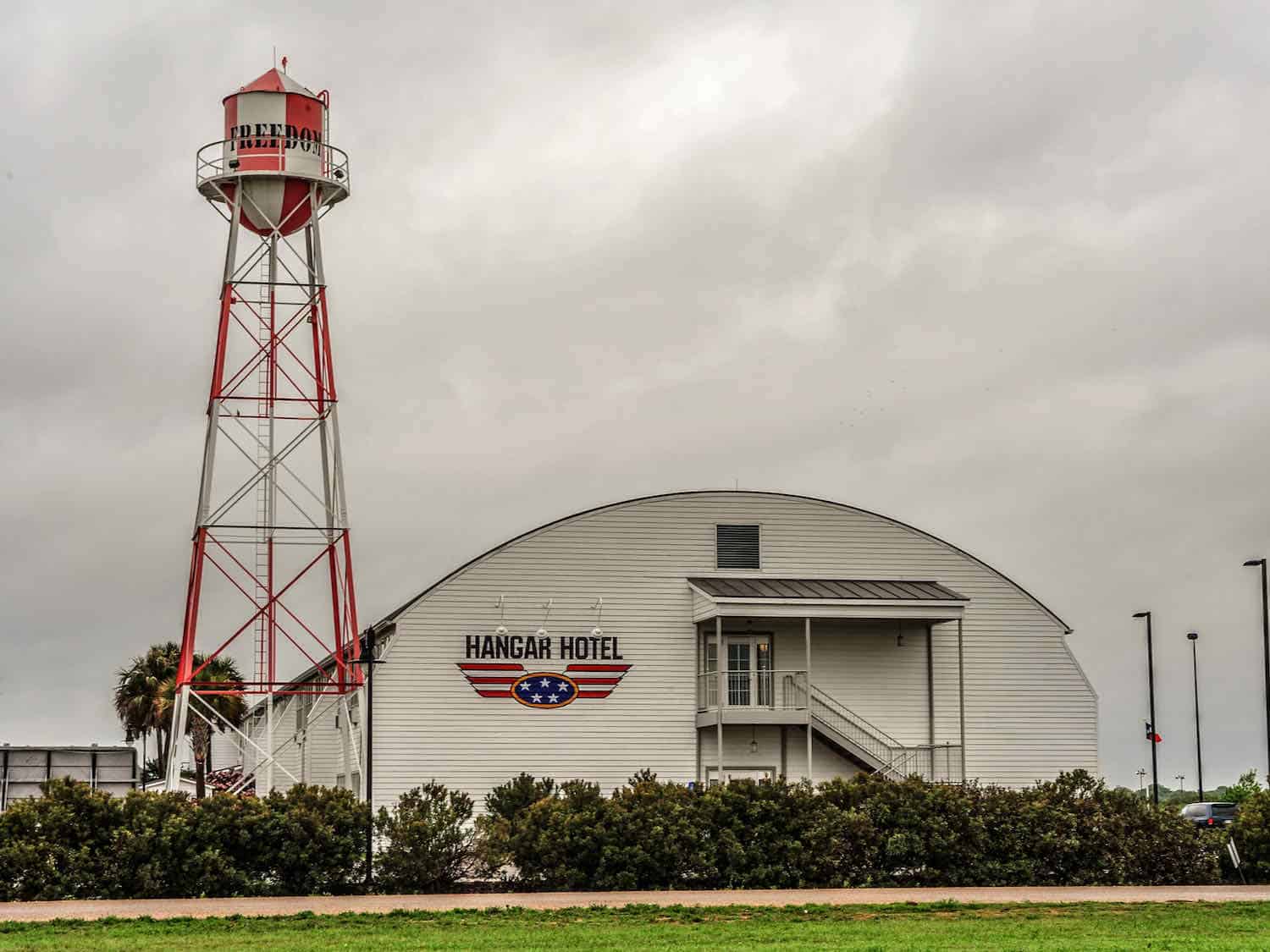
Gillespie County’s largest city is Fredericksburg, where we stayed while on our Texas Hill Country vacation. Our accommodations were at the uniquely aviation-themed Hangar Hotel. It is adjacent to the Gillespie County Airport. However, we took our own vehicle to the Texas Hill Country because this was going to be a U.S. road trip.
Boomer Travel Tip
Booking a vacation rental in Texas Hill Country is another good choice.
Under the right growing conditions, visitors can expect an excellent crop of bluebonnets during a springtime visit to the Texas Hill Country. We did.
More Texas road trips for your boomer travels
- Enjoy a South Texas birdwatching road trip in the Rio Grande Valley
- Explore Amarillo on a southwestern road trip stop.
- Don’t miss Beaumont-Port Arthur on a Texas road trip.

